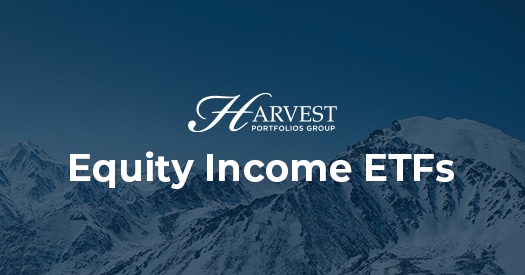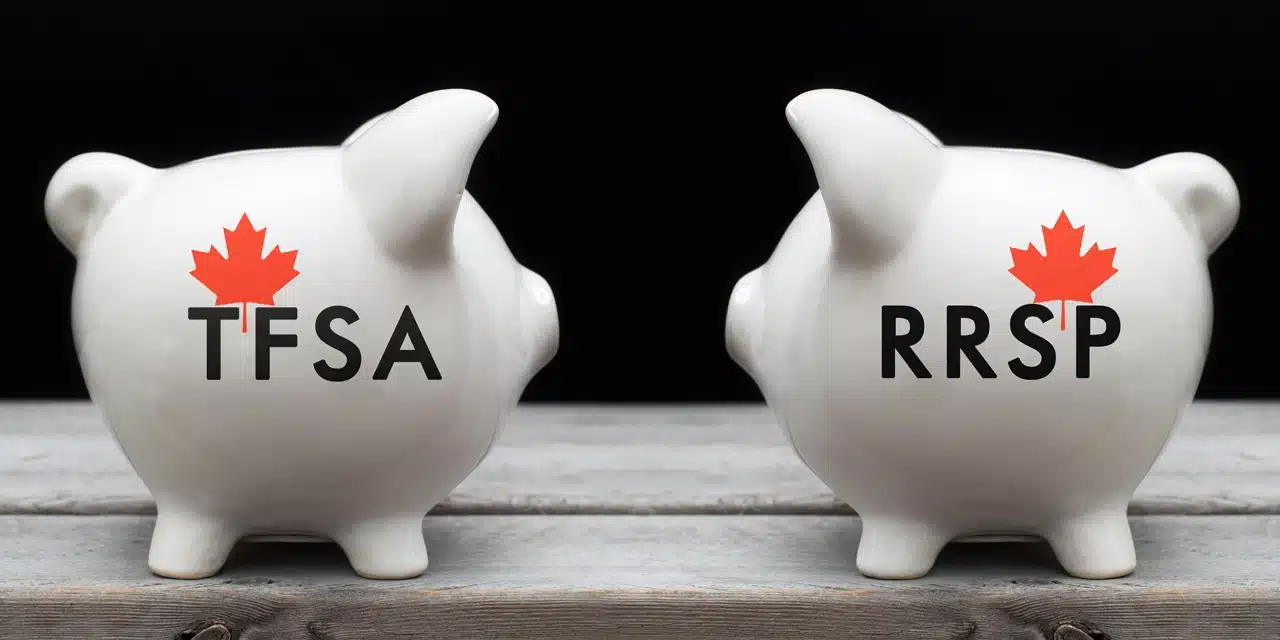By Harvest ETFs
We receive a regular influx of questions from unitholders and prospective investors about our ETFs. These ETF FAQs cover a wide range of topics, from distribution timing to the composition of our ETF portfolios. Below you can see a list of commonly received questions answered by Harvest ETFs.
For more information, contact us here.
How often do monthly Equity Income ETF distribution rates change and what would cause a change?
Harvest equity income ETFs are constructed to provide a reasonable and sustainable distribution yield for unitholders. All Harvest Equity Income ETFs have paid a monthly distribution since their inceptions. Sometimes the underlying options market for a sector will become much stronger or weaker, which can result in a positive or negative change in the distribution.
Nevertheless, Harvest equity income ETFs are constructed and managed to provide a reasonable and sustainable distribution yield for unitholders on a monthly basis.
Can I switch from one ETF Class to another?
Because ETF classes trade independently on the TSX, investors are unable to switch from one class to another directly. Different classes of Harvest ETFs can be bought and sold on the TSX via your brokerage or investment advisor.
Can I purchase Harvest ETFs directly from Harvest?
Harvest Portfolios Group Inc. is an investment fund manager and an ETF Issuer, not a securities dealer, which means that retail investors must use a brokerage or financial advisor to buy and sell Harvest ETFs. Harvest cannot open investment accounts, accept any trading orders or provide investment advice.
I am a U.S. resident, can I buy Harvest ETFs in my US investment account?
Harvest ETFs all trade on the Toronto Stock Exchange, which is an internationally recognized exchange. Our ETFs can be bought or sold on the TSX from any global location that allows international transactions. However, your ability to buy a Harvest ETF from your US investment account will depend on your dealer or facilitator’s ability to access the TSX for trading.
How do I enroll in the Harvest DRIP plan?
All Harvest Equity Income ETFs are eligible for the Harvest Distribution Reinvestment Program (DRIP). If you hold units of one of those ETFs, you may opt into the DRIP program through your financial advisor or by contacting your brokerage firm, provided your investment dealer supports participation in the Harvest DRIP program. You can see the list of Harvest DRIP eligible ETFs and learn more about the program here.
What is a notional non-cash distribution?
A notional non-cash distribution is a special annual distribution that may be paid by Harvest ETFs at the end of the tax year which raises the Adjusted Cost Base (ACB) of the units of an ETF held in a non-registered account. There is no impact on the Net Asset Value of the ETF. You can learn more about a notional non-cash distribution here.
When is the monthly ETF cash distribution deposited in my investment account?
Harvest Equity Income ETFs pay their distributions on a monthly basis. Each month Harvest announces the monthly distributions of these ETFs via a press release and on the TSX website. That press release includes the ex-dividend date for each month’s distributions as well as the payment date set for “on or about” a certain date, typically the 9th day after month end. The funds are available for brokerages to process as of that date and may arrive in a unitholder’s account on a different date.
Why do some of the underlying holdings within the ETFs pay NO dividends at all?
Using a covered call strategy to deliver income gives us more freedom to select companies held by our ETFs based on criteria other than dividends. Therefore, if a holding in a particular Harvest Equity Income ETF does not pay a dividend, it does not necessarily mean it is excluded from a portfolio. A dividend requirement in the underlying holdings is not a necessity across all Harvest Equity Income ETFs. There are select holdings that do not pay dividends included in select ETFs because they meet the objectives of opportunity for capital appreciation or diversification.
In HDIF, for example, a portion of the underlying individual stocks currently (ie. the stocks held in all of the underlying ETFs) do not pay dividends. They are predominately held in HTA, given the growth-sector bias within that ETF, however select positions in other ETFs also do not pay dividends.
How often do you update the current holdings data on your website?
We post updated equity holdings for all our ETFs on a monthly basis on our website under the Portfolio tab which notes the individual holding and percentage. Full portfolios will be published semi-annually in their respective financial statements.
How much of an impact does your foreign currency hedging have on the performance of the A series?
Currency-hedged Harvest ETFs will substantially hedge all of the value of their portfolios attributable to the Class A Units’ non-Canadian currency exposure back to the Canadian dollar at all times. As it is substantially—but not 100%—hedged at all times, the impact from currency market fluctuations is generally immaterial.
What are the differences between A, B, and U classes of your ETFs?
Canadian-listed ETFs that trade in US securities can be subject to some currency risk in addition to market risk, meaning the ETF is exposed to movements in the value of a currency as well as movements in the value of the stock held in a portfolio. Certain Harvest ETFs offer Class A units which use currency forwards to hedge their value to the Canadian dollar, limiting currency risk.
Class B units are un-hedged. You can learn more about currency hedged ETFs here.
Class U units trade and pay their distributions in US dollars. This class is useful for investors who want to receive their income in US dollars. You can learn about class U ETF units here.
For more on Harvest Equity Income ETFs click here.













